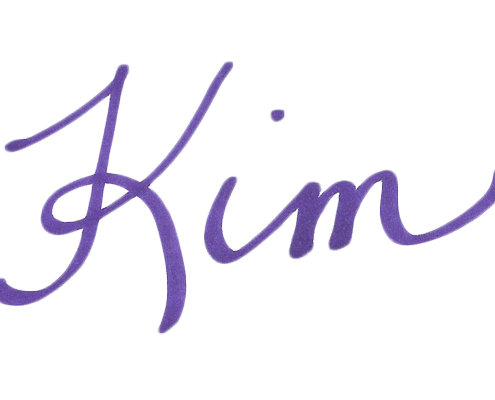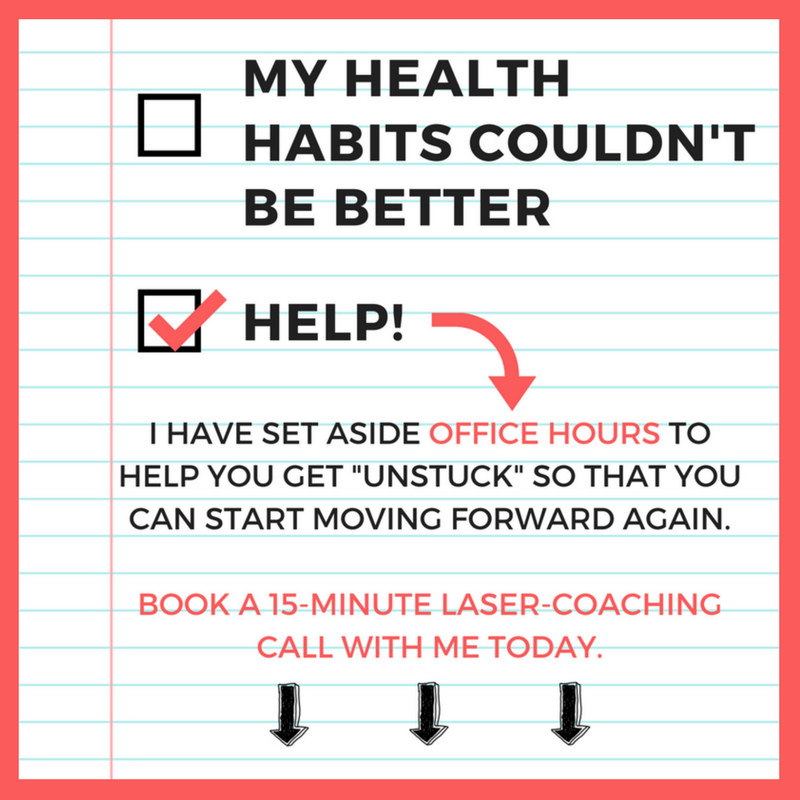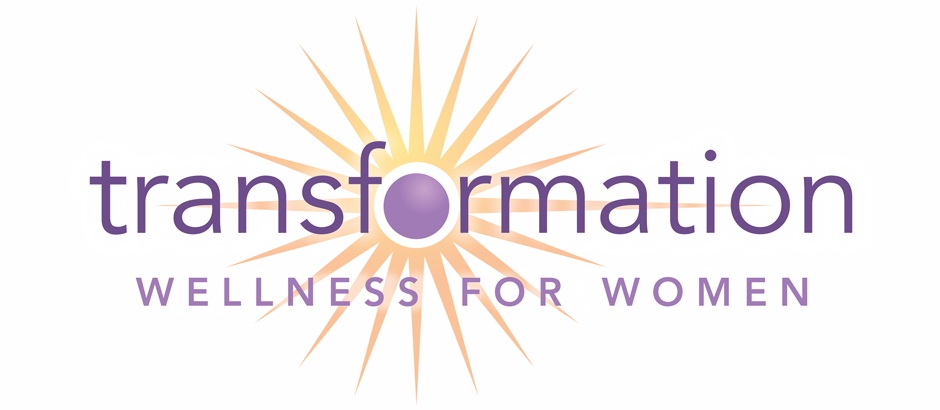Stop, Look, and Listen
One of my busy clients, who has a husband and three daughters (two who still live at home) and runs three successful businesses (yes, three!), recently started carving out some time to go for a walk around her neighborhood.
Besides the fact that she learned that she likes being outside and taking in the fresh air, she also discovered something interesting.
Ever since she’s been taking walks around the streets she’s driven down more times than she can count in a small town she’s lived in for a long time, she’s seeing things she hasn’t seen before.
That’s what slowing down does – whether it’s walking instead of driving or just moving through your day at a slightly slower pace than usual – you start to notice things you usually wouldn’t, and this is particularly helpful when it comes to making good food choices.
What slowing down does is helps us build mindfulness, and when we are mindful we make better food choices.
More specifically, we’re better able to pause and think before we choose what we’re going to eat.
Because we don’t tend to make the best decisions when we’re emotional, it really helps to stop for a second and think about our food choices:
What’s the best choice for me?
As opposed to grabbing whatever is closest or easiest at the moment.
How much am I going to eat before I put my fork down?
As opposed to eating until you’re stuffed.
Should I go through the drive-thru or wait until I get home?
As opposed to rashly pulling into the drive-thru.
Again, we’re better able to make better choices for ourselves (and feel good about ourselves and move toward our health goals) when we have practiced mindfulness.
A common misconception is that you have to build a meditation practice in order to build mindfulness into your life.
You’ll be happy to hear this isn’t necessarily true.
Now, does meditation help build mindfulness? Yes, absolutely, but it’s not necessary.
You can build your mindfulness practice at any time – even right now as you read these words.
Developing mindfulness is really about learning how to slow down and notice things.
So perhaps you practice now by reading… more… slowly…
Having more mindfulness is something you have to intentionally want to develop and be willing to practice.
The good news is that it’s not too hard.
Here are some ideas you can start doing right when you’re done reading this:
- Walk more slowly
- Talk more slowly
- Eat/drink more slowly
- Look around and observe colors (that wall is blue, that shirt is burnt orange, that jacket is green, etc.)
- Look around and observe shapes (that coaster is round, that bucket is square, that door frame has pointed edges, etc.)
- Listen to the sounds around you one at a time (at the coffee shop I’m at right now, I hear coffee beans grinding, two guys talking behind me, the barista putting a coffee cup on the counter, etc.)
The above things may sound silly, insignificant, or a waste of time, but they really are great ways that have helped me as well as my clients build more mindfulness – plus, again, they’re not that hard to do once you make them intentional, regular practices.
Now, of course, the more frequently and longer you do the above things, the sooner you’ll be able to start practicing it in other areas of your life like your food choices.
So let’s start.
Right now, choose one of the above that you’ll do just for 30 seconds immediately after you close this page.
Start small, start now.
You got this!

Need Some Help?
 Book a time to talk with me here.
Book a time to talk with me here.



I focus on my breath. Breathing normally and consciously inhale and exhale. I mentally say “inhale” on the inhale and “exhale” on the exhale. Only type of meditation I do during a Migraine. I know the importance of mindfulness and do it often. But I don’t mind dissociating a bit when I’m in the middle of an attack. order custom essay